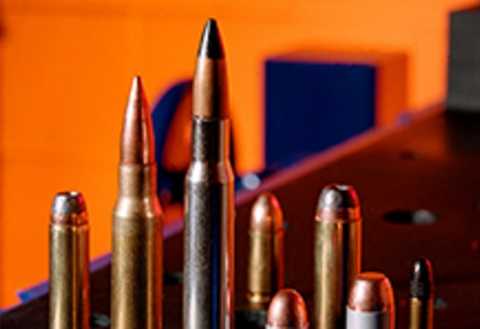
SwRI is hosting a Penetration Mechanics short course.
This in-person course will be live-streamed, registrants have the option to participate virtually.
The Penetration Mechanics Short Course will be a hybrid course and will not be recorded. The course hours will be from 8:00 am – 5:00 pm (Central Time) Monday – Thursday, and 8:00 am – 12:00 pm (Central Time) on Friday.
Objective
To provide participants with the necessary background to understand and apply the principles of penetration mechanics to impact problems.
Who Should Attend?
Engineers, scientists, and technical managers who are involved in analysis, evaluation, design, research, and development of systems to stop, contain, or enhance the penetration of fragments and penetrators. While there is no formal prerequisite, the course is directed toward personnel with degrees in engineering, the physical sciences, mathematics, or equivalent experience.
Description
This course presents and develops the fundamental and underlying principles of penetration mechanics. The developed fundamental relationships are applied to areas such as hypervelocity impact, shaped-charge penetration, long-rod penetration, small arms, ballistic protection and armor design. Special emphasis is placed on a description of material response at high strain rates. The constitutive and failure behaviors of armor and anti-armor materials, such as hardened steels, ceramics, and tungsten alloys, are described.
Analytical, numerical, and experimental approaches to penetration and perforation problems are addressed. Particular emphasis is placed on analytical modeling of penetration, including a review of many of the models in the literature, and the basic mechanics and assumptions used to develop these models. The applicability and shortcomings of semi-empirical, analytical, and numerical models to various materials and velocity regimes are discussed, and the latest progress in numerical simulation is assessed. Examples of analytical and numerical modeling of projectile impact into armor materials are given. Solution techniques are described and commonalities between seemingly unrelated types of impact problems are presented.
For more information, visit Penetration Mechanics Short Course Online or contact Janet Banda.
